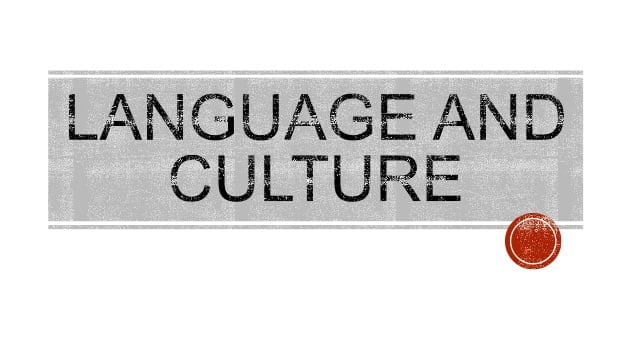
Cultural vocabularies
Culture, by definition, is the collection of knowledge and characteristics of a group of people, ranging from arts and music, social habits, language, cuisine and religion. Language, which is part of culture, is a fascinating subject in its own right. It is one of the first things that reveals the national identity of a person. Groups of people have vocabularies that are inherent to them, as is looked at in more detail below:
While it is not definite how many words the Inuits have to describe snow, it is true that there are groups of people whose languages have quite a number of descriptive terms for specific objects, actions or state of being. Hawaiians have 47 terms for bananas, 42 for sugarcane and 108 for sweet potato. Brazil’s Baniwa tribe defines ants and their various edible varieties in 29 terms.
Most people see all the colours of the rainbow, so it is interesting to know that there are some groups that only see a few colours. Liberia’s Bassa people only see two: hui (purple/blue/green) and ziza (yellow/red/orange). Shona-speakers from Zimbabwe have four: cipsuka (purple), cipsuka (again) for orange/red, citema for blue/green and cicena for yellow and yellow-green.
An agricultural group in Zimbabwe that speaks Shona uses specific verbs to describe various types of walking. The Greeks use the term semeioton to describe someone who walks on the same spot, while Sri Lankans use diváviharana when someone walks about in the daytime. If you walk on tiptoe on warm sand, the Rukwangali language from Namibia’s term for it is hanyauka. The Albanian language calls a person who walks backwards in a bowed position as ha shtatin.
Vukurukuru is the Tsongan term for when a person walks about noisily while in a bad temper; walking while nodding your head is described as onya in Setswana, a language in Botswana. Staggering while walking is called vydelyvat krendelya in Russian.
If you are familiar with ribbit, it is the sound of a frog’s croak. In Afrikaans, it’s kwaak-kwaak; it’s berp in Argentinian Spanish and korekorekore in Munduruku, the language spoken by the tribe of the same name in Brazil. Did you know that Persian has a term for a camel that does not give milk until its nostrils are tickled? It’s called nakhur.
Language is truly fascinating, isn’t it?

